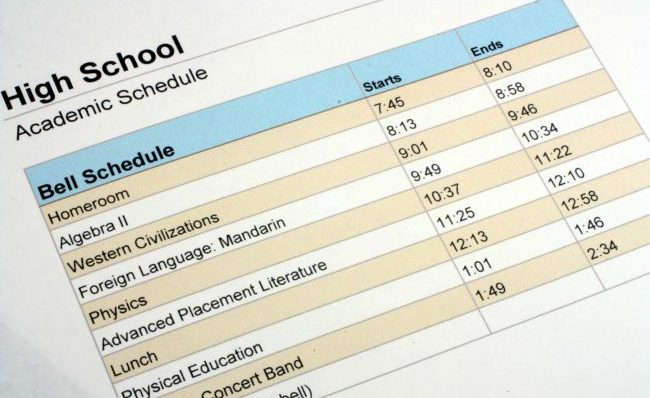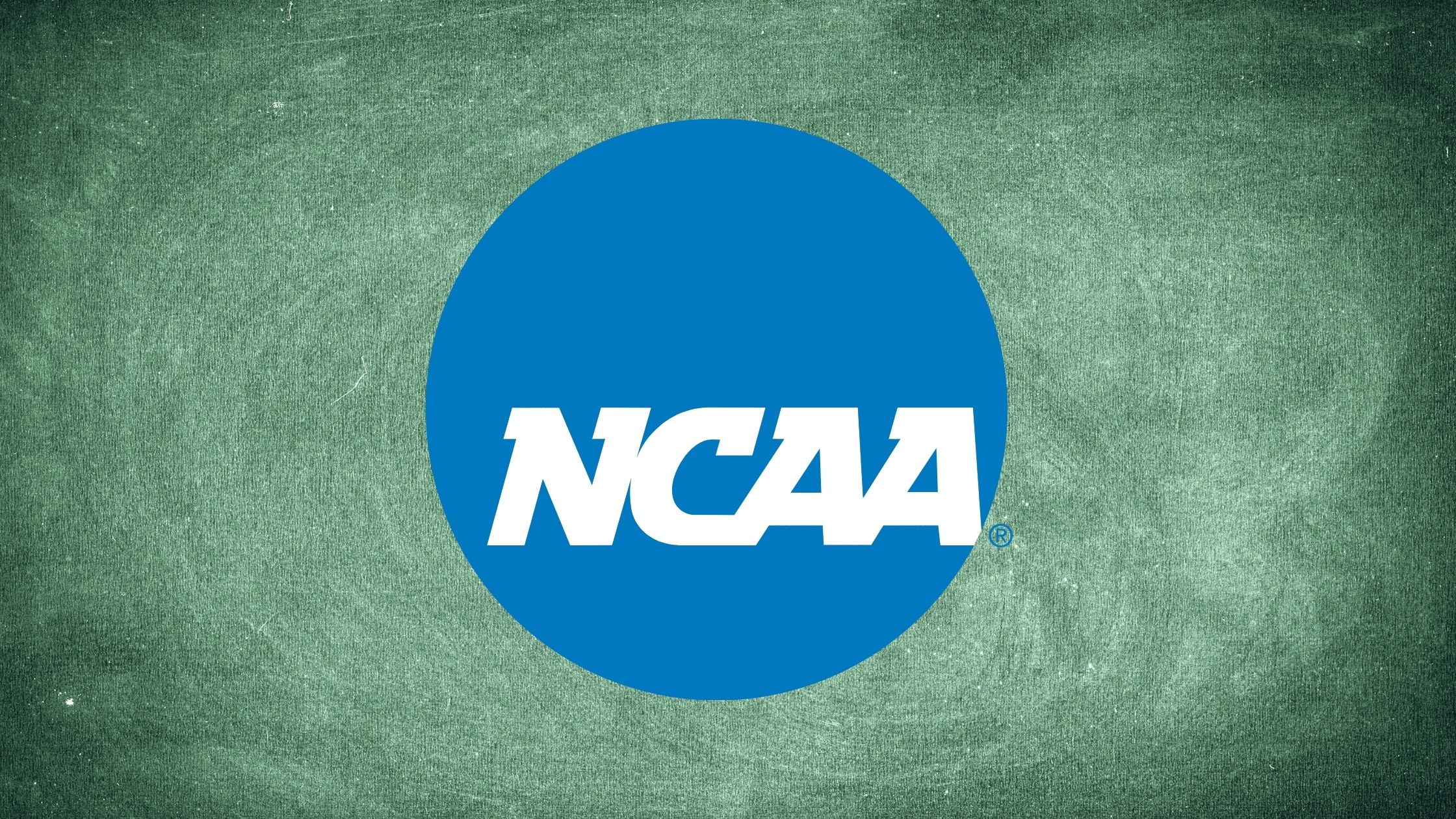How to Reclass in High School – A Student-Athlete’s Guide to the Reclassification Process
Updated on Feb 3, 2025

Reclassification among student-athletes has become very popular in the last couple of years. And with the COVID-19 pandemic, the number of student-athletes choosing to reclassify has skyrocketed.
More and more students are deciding to reclass to continue developing academically and athletically before enrolling in college, but it’s important to pay attention to a few key things to ensure you are maintaining your NCAA eligibility. Don’t be one of the many reclassified students, who find out too late that they are short the required credits and can’t play NCAA DI sports.
What is Reclassification?
Reclassification refers to the process of a student graduating on a date that differs from the typical four-year high school timeline. While some students might reclass to graduate earlier than their classmates, student-athletes most often choose to repeat a year in high school in order to gain an athletic or academic advantage.
Don’t Risk Losing NCAA Eligibility by Reclassifying
Before deciding to reclassify, students and parents should have a clear plan and be aware of what is necessary to ensure full-qualifier status upon graduation.
Why? Because NCAA Division 1 (DI) follows a strict timeline for courses and credits. The academic eligibility clock for DI schools starts your first year of high school and counts 4 years from there. This means the NCAA DI is only going to evaluate your high school courses taken during your first four years of high school. Here are a couple of scenarios to keep in mind:
- Graduating early: Students need to notify the NCAA if the graduation date and/or year of college enrollment changes. If you are graduating early, ensure you qualify as an Early Qualifier.
- Graduating on time (with the same class you entered 9th grade) but choosing to delay college: Students still need to meet requirements within their first four years of high school. After on-time graduation, you may take 1 NCAA unit (2 semesters) of NCAA-approved Core Courses to meet requirements. If you have an NCAA-approved Education Impacting Disability (EID), you may take up to 3 NCAA units (6 semesters) to meet requirements.
- Graduating after your original 4-year graduation date: Students who reclassify and take a 5th or 6 year of high school before graduating high school, are evaluated by the NCAA for only the first 4 years of courses taken in high school. They are not permitted to use any courses taken after the original 4-year graduation date to supplement NCAA eligibility requirements.
- Courses taken after 4 years of high school: If you graduate on time with your incoming freshman class, the course(s) you take can be with an institution that is not your graduating high school and must be taken before enrolling full-time at college. The course(s) cannot replace course(s) that were locked in by the NCAA 10/7 Rule (also known as the “10/7 Lock”) but can go towards achieving credit requirements and raising your GPA by replacing the remaining 6 NCAA-approved units to meet requirements. Check your Honest Game report to understand which of your courses would have been locked by the 10/7 rule.
No matter the scenario, all student-athletes looking to play in college must meet the NCAA’s 16 Core Course requirements. An NCAA DI college may choose to apply for a waiver with the NCAA if they can argue extenuating circumstances. However, you should never assume you will get a college to file a waiver for you. Waivers are used very rarely.
Avoiding the Pitfalls of Reclassification
Student-athletes may choose to reclassify for many reasons, but paying attention to a few key things is vital to maintaining their NCAA eligibility.
Avoid Repeating Core Courses
If you repeat a grade, and you have earned grades of D or higher, don’t repeat those same courses (unless you are ahead in your credit count). Take different courses so you can continue earning NCAA credits toward your requirements. NCAA will not grant credit for the same course taken twice. By junior or, more commonly, senior year, when the NCAA reviews your profile, it’s often too late to make up the credits. Don’t be one of the many reclassified students, who find out too late that they are short the required credits and can’t play NCAA DI sports.
Be Aware of the Consequences of Delayed Enrollment
The NCAA requires students to enroll in college within one year of graduating from high school, with some sports having even shorter timelines. If students wait longer than a year, they must sit out their first year of college. Additionally, the NCAA counts one season of competition for every year of participation, meaning early high school graduation doesn’t grant extra time before college enrollment.
Understanding these rules is crucial, yet unfortunately, many students and families aren’t aware until it’s too late. Each year a student competes after their gap year, they lose a year of eligibility. NCAA full qualifier status includes playing eligibility, so even if academically eligible, failure to enroll in college within the appropriate timeframe may limit playing opportunities to three years.
Know What’s Possible After Graduation
For some students, taking an NCAA course after graduation can boost their NCAA Core GPA. Additionally, retaking the SAT/ACT is an option. While standardized test scores aren’t required for NCAA eligibility, achieving high scores on tests like the SAT or ACT can bolster a student-athlete’s college application.
The important thing to know is that you must have officially graduated from high school on time if you’re going to need additional course work to gain NCAA eligibility. If you meet your NCAA eligibility requirements after your first four years of high school, but don’t graduate on time, it is imperative that you make sure you meet your NCAA core course requirements during the first 4 years while also taking into account delayed enrollment rules at your high school, and/or state athletic association.
For those student-athletes who did not graduate high school in 4 years after entering 9th grade and are not on track for NCAA DI eligibility, not all hope is lost! You can still explore options at NCAA DII, NCAA DIII, Junior College, or NAIA schools and then transfer to an NCAA DI school after meeting the transfer requirements.
Whether you choose to reclassify or attend a postgraduate or prep school, having a plan is key. Know the NCAA rules and the timeline for DI, maintain constant communication with the institution you plan on attending, and make sure you are on the right path. Honest Game can help!

Having served on the NCAA Eligibility Center High School Advisory Board and as the College Bound Student-Athlete Advisor at Evanston Township High School (Evanston, IL), Joyce has advised more than 2,000 high school student-athletes and families on academic eligibility and recruiting.



